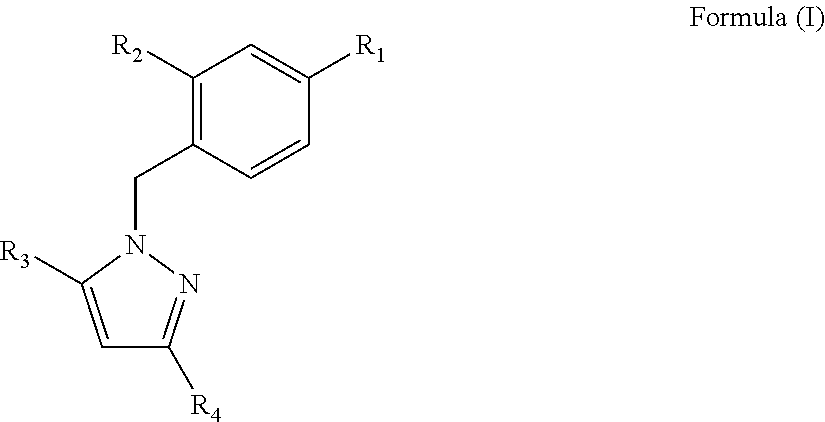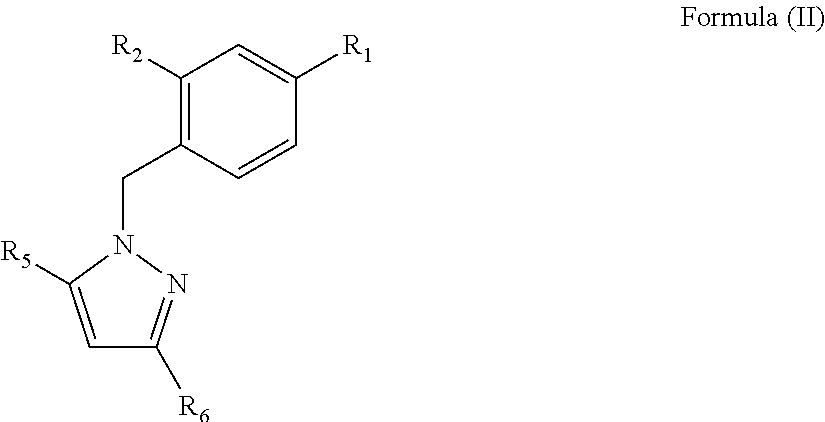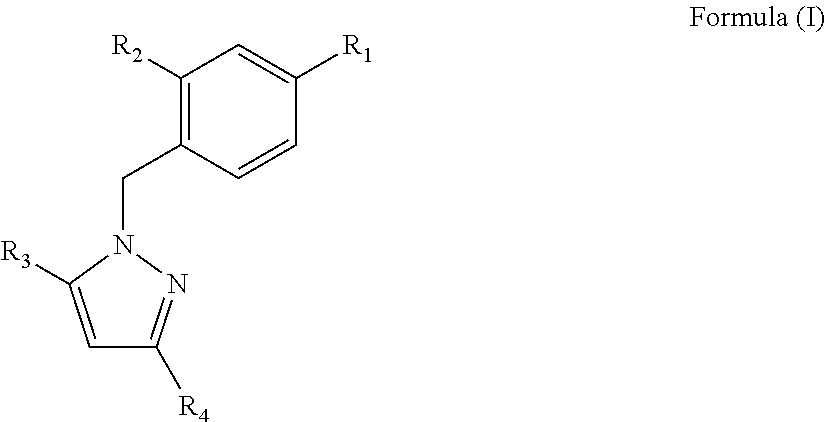Antiviral agents directed against respiratory syncytial virus
a respiratory syncytial virus and antiviral agent technology, applied in the direction of anhydride/acid/halide active ingredients, organic chemistry, anhydride/acid/halide active ingredients, etc., can solve the problems of serious lower respiratory infections, high burden on health care systems, and difficult development of an rsv vaccin
- Summary
- Abstract
- Description
- Claims
- Application Information
AI Technical Summary
Benefits of technology
Problems solved by technology
Method used
Image
Examples
example
Example 1
Agents Inactivating the Interaction Between the Phosphoprotein P and the Nucleoprotein in the RNP:P Complex of RSV
Introduction
[0127]In this study, the inventors investigated N-NTD:P-CTD interaction.
[0128]First, they crystallized N-NTD alone, in complex with C-terminal peptides of P, or with a single phenylalanine. The phenylalanine equivalent to P:F241 is deeply buried in a conserved pocket of N-NTD, interacting with all critical residues previously identified. The molecular models of the complexes associated with N-NTD provided the starting structure used to screen compounds from the ZINC database. The screening procedure and further calculations identified the 50 best molecules that were selected for further experimental studies. NMR experiments with 15N labeled N-NTD yielded contact regions and binding affinities for several of these compounds.
[0129]The best derivatives were 1-Benzyl-1H-Pyrazole-3,5-diCarboxylates (BPdC) that showed micromolar range affinities for N-NTD,...
example 2
Compounds According to the Invention Inhibiting the Replication of a Recombinant RSV Virus in Cell Cultures
[0183]The inventors have further developed a new compound, which proved to show promising effects in therapy, as follows;
[0184]
1) Process of Preparation
[0185]The pH sensitive prodrug M76b, 1-(2,4-Dichloro-benzyl)-1H-pyrazole-3,5-dicarboxylic acid diacetoxymethyl ester, was designed by fixing acylal group on both carboxylic acids of the pyrazole diacid. The product has been prepared by alkylation of the diisopropylethylammoniun salts of 1-(2,4-dichloro-benzyl)-1H-pyrazole-3,5-dicarboxylic acid by bromomethyl acetate in a polar solvent. The crude product could be purified by flash chromatography over silica gel.
1-(2,4-Dichloro-benzyl)-1H-pyrazole-3,5-dicarboxylic acid diacetoxymethyl ester
[0186]To a solution of 1-(2,4-dichloro-benzyl)-1H-pyrazole-3,5-dicarboxylic acid (90 mg, 0.28 mmol) in DMF (2 mL) was sequentially added i-Pr2NEt (0.5 mL, 2.8 mmol) and bromomethyl acetate (171 ...
PUM
| Property | Measurement | Unit |
|---|---|---|
| pH | aaaaa | aaaaa |
| molar ratios | aaaaa | aaaaa |
| pH | aaaaa | aaaaa |
Abstract
Description
Claims
Application Information
 Login to View More
Login to View More - R&D
- Intellectual Property
- Life Sciences
- Materials
- Tech Scout
- Unparalleled Data Quality
- Higher Quality Content
- 60% Fewer Hallucinations
Browse by: Latest US Patents, China's latest patents, Technical Efficacy Thesaurus, Application Domain, Technology Topic, Popular Technical Reports.
© 2025 PatSnap. All rights reserved.Legal|Privacy policy|Modern Slavery Act Transparency Statement|Sitemap|About US| Contact US: help@patsnap.com



